Skiing Posts on Crowch
From March 6 to 15, 2026, Italy will host one of the most important global sporting events — the Winter Paralympic Games. The main arenas will be Milan and the famous mountain resort of Cortina d’Ampezzo, which have already staged Olympic competitions and will once again unite the attention of millions of viewers, this time highlighting strength of spirit, resilience, and inspiration.
A Symbol of Overcoming
The Winter Paralympic Games are not just competitions. They are a stage where athletes with disabilities prove that there are no limits to human potential. Slalom, biathlon, para ice hockey, cross-country skiing, and snowboarding — all these sports demonstrate willpower and skill in their purest form.
Milan will host the opening and closing ceremonies, as well as competitions on the ice arenas. Cortina will welcome alpine skiing and snowboarding events, where spectators will witness spectacular races against the backdrop of the breathtaking Dolomites.
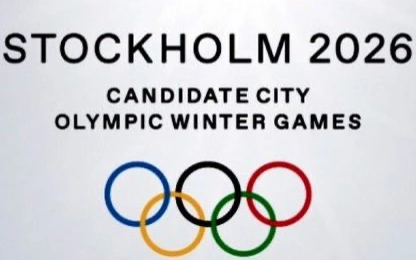
A New Chapter in History
The 2026 Games will be special: more than 600 athletes from 50 countries are expected to take part, making it the largest Winter Paralympics in history. The program will include both traditional disciplines and new formats aimed at broadening the audience and attracting younger generations.
Organizers are paying particular attention to accessibility. Infrastructure in Milan and Cortina is undergoing major upgrades. Sports facilities, transportation, hotels, and cultural spaces are being adapted to meet the needs of people with disabilities. This legacy will remain long after the Games, making the regions more inclusive for residents and visitors alike.
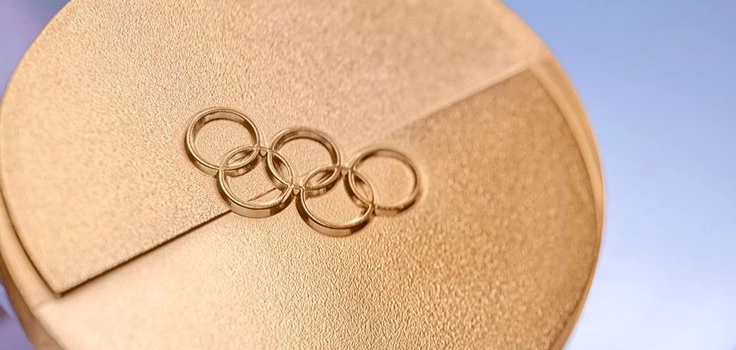
Inspiration for the World
Each Paralympics brings stories that stay in our memories forever. The victories of the athletes become symbols of courage, while their journey to the top serves as an example for millions of people, regardless of their physical condition.
The Winter Paralympic Games 2026 will continue the tradition of uniting people, breaking stereotypes, and showing that sport can change society. They will be broadcast worldwide, and digital platforms will provide an unprecedented level of engagement — from virtual broadcasts to interactive services that allow fans to follow every race and medal battle.
Legacy and the Future
The greatest value of the Paralympic Games lies not only in sporting records but also in their social legacy. Italy aims to turn these Games into a catalyst for change: strengthening inclusion, developing adaptive sports, and raising awareness about equal opportunities.
For athletes, it is a chance to showcase everything they have prepared for over many years. For spectators, it is an opportunity to be inspired and rethink their understanding of strength and weakness. For the world, it is another step toward a society that values every individual.
Conclusion
The Winter Paralympic Games 2026 in Milan and Cortina d’Ampezzo will be a celebration of sport and the human spirit. It will be a time of powerful emotions, true competition, and profound meaning. Millions of viewers will witness how perseverance and faith in oneself turn the impossible into possible.
From February 6 to 22, 2026, Italy will host the XXV Winter Olympic Games in Milan and Cortina d’Ampezzo. More than just a competition, these Games will represent unity, cultural exchange, and a celebration of both tradition and modernity.
🏔 The Symbol of Two Cities
For the first time, the Olympics will be hosted in two such contrasting locations:
- Milan — a dynamic metropolis of fashion and innovation, hosting ice events and ceremonies.
- Cortina d’Ampezzo — the jewel of the Dolomites, rich in alpine traditions, staging skiing, biathlon, and sledding competitions.
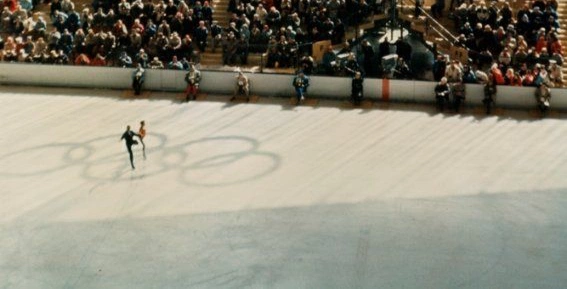
Together, they embody the richness of Italy: modernity and tradition, urban energy and natural beauty.
🥇 Stories and New Heroes
Every Olympics creates legends. In 2026, the spotlight will be on young freestyle and snowboarding athletes who symbolize a new generation, while classic events like figure skating and hockey will produce unforgettable champions.
For Italy, this is also history repeating itself: Cortina hosted the Winter Olympics back in 1956, and now, 70 years later, the Olympic flame will once again shine in its mountains.
🌍 A Dialogue of Cultures
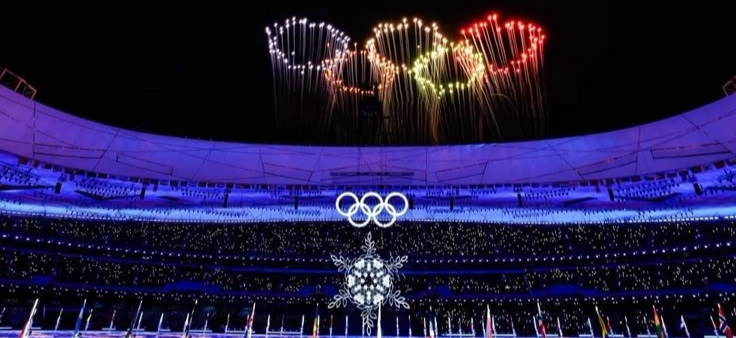
The Games are also a cultural festival. Milan will host concerts, exhibitions, and theater performances, while Cortina will showcase Alpine cuisine, traditions, and open-air celebrations. The Olympics will be a global dialogue where cultures meet and unite.
🌱 A Sustainable Legacy
Sustainability is central to Milan-Cortina 2026. Existing venues are being reused, eco-friendly transport is prioritized, and initiatives aim to minimize the environmental footprint. The legacy will include improved infrastructure, tourism growth, and stronger sports programs for future generations.
🎉 The Spirit of the Fans
The Olympics are, above all, about emotion. Fan zones, street festivals, and shared celebrations will turn Milan and Cortina into a stage for joy and unity. Italians’ passion for celebration will make these Games unforgettable.
✨ Conclusion
The Winter Olympics 2026 will be a festival of sport, culture, and friendship. Milan will contribute its modern energy, while Cortina will bring the timeless beauty of the Alps. Together, they will create an event that will remain in history as one of the most inspiring Winter Games ever.
From February 6 to 22, 2026, Italy will become the center of the sporting world. Milan and Cortina d’Ampezzo will host the XXV Winter Olympic Games, bringing together more than 3,500 athletes from nearly 100 countries to compete in 16 sports. Beyond the medals, the Games will symbolize unity, cultural exchange, and inspiration for millions of fans worldwide.
🏔 Two Cities, One Olympic Spirit
For the first time in Olympic history, the Games will be split between two cities, each offering its own unique atmosphere:
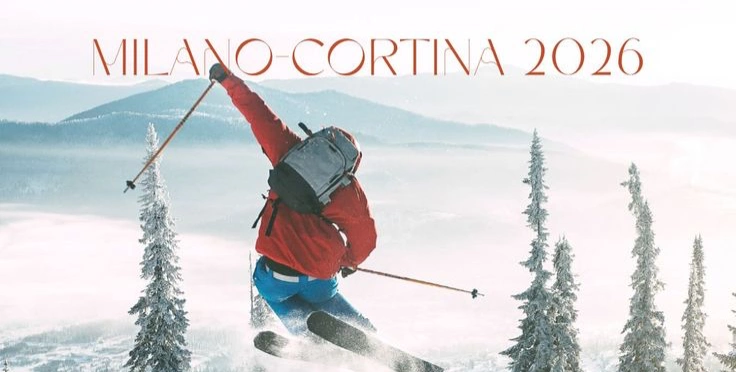
- Milan — Italy’s hub of fashion, design, and innovation, will host the opening and closing ceremonies, figure skating, ice hockey, short track, and speed skating.
- Cortina d’Ampezzo — the jewel of the Dolomites and a legendary ski resort, will stage alpine skiing, biathlon, ski jumping, luge, and bobsleigh.
This combination of a bustling metropolis and an Alpine resort highlights Italy’s diversity and creates a once-in-a-lifetime experience for athletes and fans.
🥇 Competitions and Expectations
The Olympic program will feature traditional winter sports such as cross-country skiing, ski jumping, speed skating, and hockey. At the same time, new and expanded disciplines in freestyle skiing and snowboarding will bring a fresh, youthful, and dynamic energy to the Games.
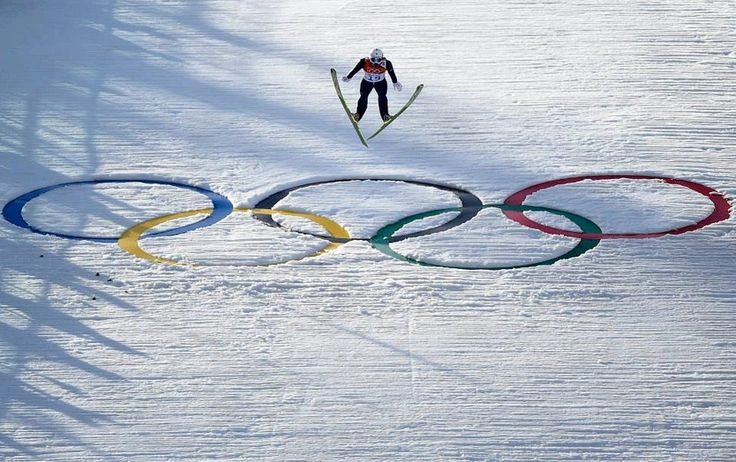
Fans are especially excited about women’s hockey, figure skating duels, and the adrenaline-packed alpine skiing events. The 2026 Games will be an opportunity for established stars to cement their legacies and for new heroes to inspire the world.
🌍 A Cultural Bridge
The Winter Olympics are not just about sport — they are also a cultural festival.
- In Milan, concerts, fashion shows, and theater performances will turn the city into a hub of celebration.
- In Cortina, visitors will enjoy Alpine food festivals, open-air music events, and art installations inspired by the mountains and winter traditions.
Together, they will create an atmosphere where sport and culture meet, strengthening the Olympic spirit of friendship and cultural exchange.
🌱 Sustainability and Legacy
The organizers of Milan-Cortina 2026 have placed strong emphasis on sustainability:
- Most competitions will be held in existing venues, minimizing the need for new construction.
- Green transport solutions will connect venues and cities, reducing the carbon footprint.
- The legacy of the Games will include upgraded infrastructure, improved accessibility, and environmental awareness for future generations.
The 2026 Olympics aim to set a new standard for sustainable international events.
🎉 Festival Atmosphere
Fan zones in both Milan and Cortina will allow thousands of spectators to come together to watch live broadcasts, participate in interactive activities, and celebrate victories as one community.
For Italy, the Olympics are more than sport: they are an opportunity to showcase the country’s hospitality, traditions, and cultural richness. Visitors will discover not only the beauty of the Alps but also the modern energy of Milan, creating a complete and unforgettable experience.
✨ Looking Ahead
The Winter Olympics 2026 are expected to mark a turning point in how the Games are perceived. By combining tradition with innovation, and sport with culture, they will show that the Olympics are not only about winning medals but also about unity, inspiration, and global friendship.
From February 6 to 22, 2026, Italy will host the XXV Winter Olympic Games, bringing athletes and fans from around the globe to Milan and Cortina d’Ampezzo.
🏔 Unique Locations
For the first time, the Games will be split between two distinct cities:
- Milan — the world’s fashion capital, will host opening and closing ceremonies, figure skating, short track, and ice hockey.
- Cortina d’Ampezzo — an Alpine jewel, will stage alpine skiing, biathlon, luge, and bobsleigh.
This blend of modern metropolis and mountain resort highlights Italy’s diversity.
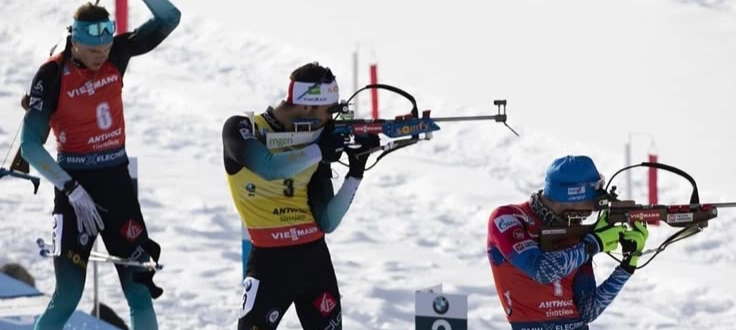
🥇 Sports and New Disciplines
More than 3,500 athletes from nearly 100 nations will compete in classic winter sports like cross-country skiing, ski jumping, and speed skating.
Snowboarding and freestyle skiing will gain expanded formats, appealing to younger fans and adding a spectacular, festival-like energy.
🌍 Cultural Exchange
The Games will also serve as a cultural bridge. Milan will host concerts, theater shows, and fashion events, while Cortina will offer Alpine food festivals and outdoor concerts. Visitors will experience both the energy of the city and the beauty of the mountains.
🌱 Sustainability and Legacy
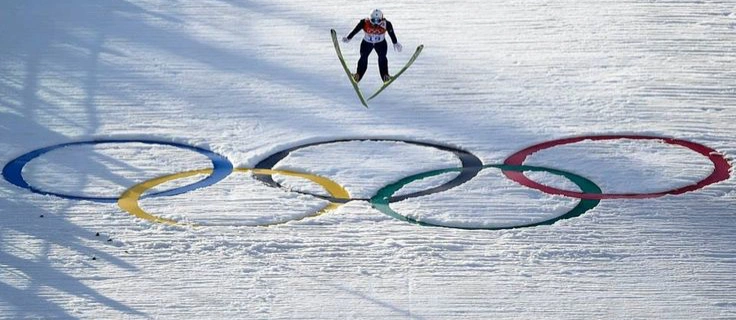
Organizers aim to make these Olympics the greenest ever, reusing existing venues and promoting eco-friendly transport. The focus is on reducing environmental impact and leaving a positive legacy for future generations.
🎉 Festival Atmosphere
Fan zones in Milan and Cortina will bring together thousands of spectators to celebrate victories, watch live broadcasts, and enjoy the Olympic spirit.
✨ Conclusion
The Winter Olympics 2026 will be a unique blend of sport, culture, and sustainability. Milan will offer the pulse of a modern city, while Cortina will deliver the magic of the Alps. Together, they will create unforgettable Games that inspire the world.
In 2025, the NBA and NFL are solidifying their transformation from American leagues into global sports powerhouses. Their international expansion strategies are reshaping fan engagement and opening new commercial frontiers.
NBA: From Exhibitions to Regular Season
- Melbourne, Australia — The NBA x NBL: Melbourne Series in October will feature the New Orleans Pelicans facing Melbourne United and the South East Melbourne Phoenix at Rod Laver Arena.
- Abu Dhabi, UAE — Regular season games between the New York Knicks and Philadelphia 76ers are scheduled in October at Etihad Arena, marking the growing importance of the Middle East market.
- Europe — The NBA has announced regular-season games in Berlin, London, Manchester, and Paris for 2026–2028, showcasing a push to build fandom across the continent.
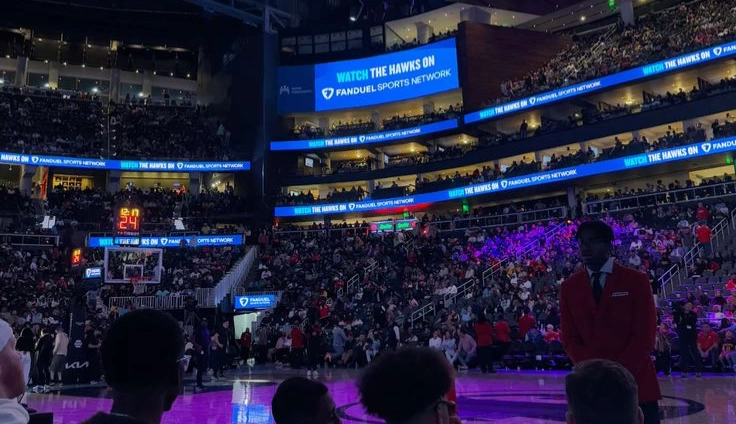
NFL: American Football Across Continents
- In 2025, the NFL will host seven regular season games in five countries — a new record. First-time matchups are planned in Spain (Madrid), Ireland (Dublin), and Brazil (São Paulo).
- All 32 teams are now part of the Global Markets Program, gaining marketing rights to develop international fan engagement.
- Plans are underway to hold a Super Bowl overseas, signaling the league's ambition to become a global sporting event.
Why It Matters:
- Strategic expansion elevates both leagues beyond their U.S. roots into truly global brands.
- Commercial growth is evident through increased media deals, sponsorships, and exposure to new fans.
- Cultural impact is significant — these games become moments of cross-border connection and shared experience.
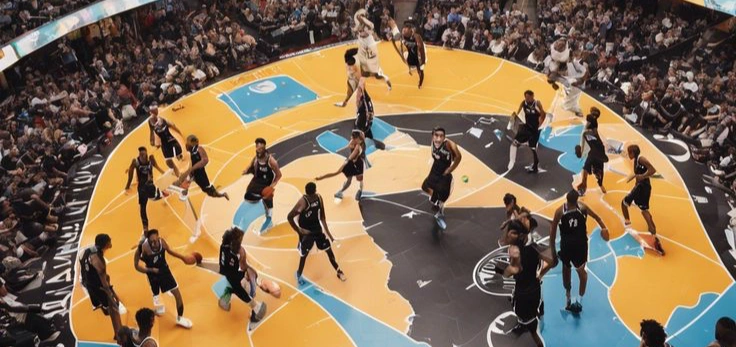
Summary: NBA and NFL’s expansive move in 2025 demonstrates a new era of global sport — where teams, games, and fans converge across continents, redefining the future of athletic entertainment.
The Women’s Rugby World Cup 2025 became a landmark event. The tenth edition was held in England from August 22 to September 27. For the first time, the tournament expanded from 12 to 16 teams, marking the rapid growth of the women’s game.
Matches took place across eight cities, from Sunderland to London. The opening match was held at the Stadium of Light in Sunderland, while the grand final was staged at the iconic Twickenham Stadium, highlighting the prestige of the competition.
The theme of the tournament, “This Energy Never Stops,” symbolized the determination of women athletes and the unstoppable momentum of the sport. Over 375,000 tickets were sold, with many games played in front of packed stadiums.

The championship opened with a spectacular performance by England, who defeated the USA 69–7 in front of 43,000 fans and millions of viewers worldwide. While some early matches revealed a gap in team levels, organizers emphasized that such tournaments help close those gaps, with the knockout rounds promising thrilling contests.
The commercial strength of women’s rugby was also evident. Revenues from the tournament approached the billion-dollar mark, with growing interest from media, sponsors, and investors. World Rugby launched a growth strategy focused on expanding the fan base, supporting players, and promoting women’s rugby globally.
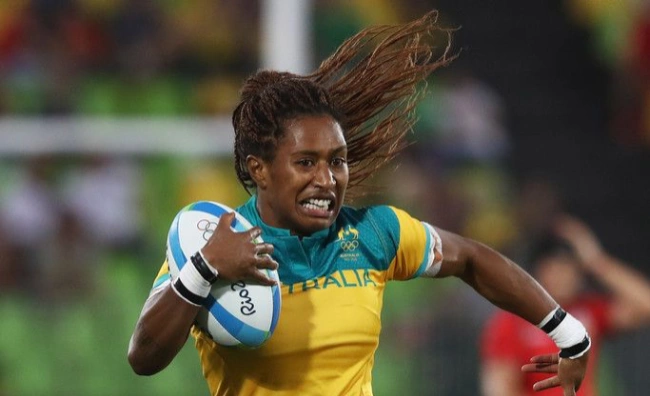
The 2025 tournament also marked a breakthrough for new regions. Brazil made its debut, showcasing the inclusivity of the sport and paving the way for future participation from more nations.
Key outcomes of the 2025 World Cup:
- A successful milestone edition with an expanded format.
- Record public interest and strong commercial appeal.
- Inclusion of new regions and nations in global rugby.
- Further recognition of women’s sport as a powerful and inspiring force.
The 2025 Women’s Rugby World Cup proved that women’s rugby has entered a golden era — an era of growth, equality, and inspiring achievements.